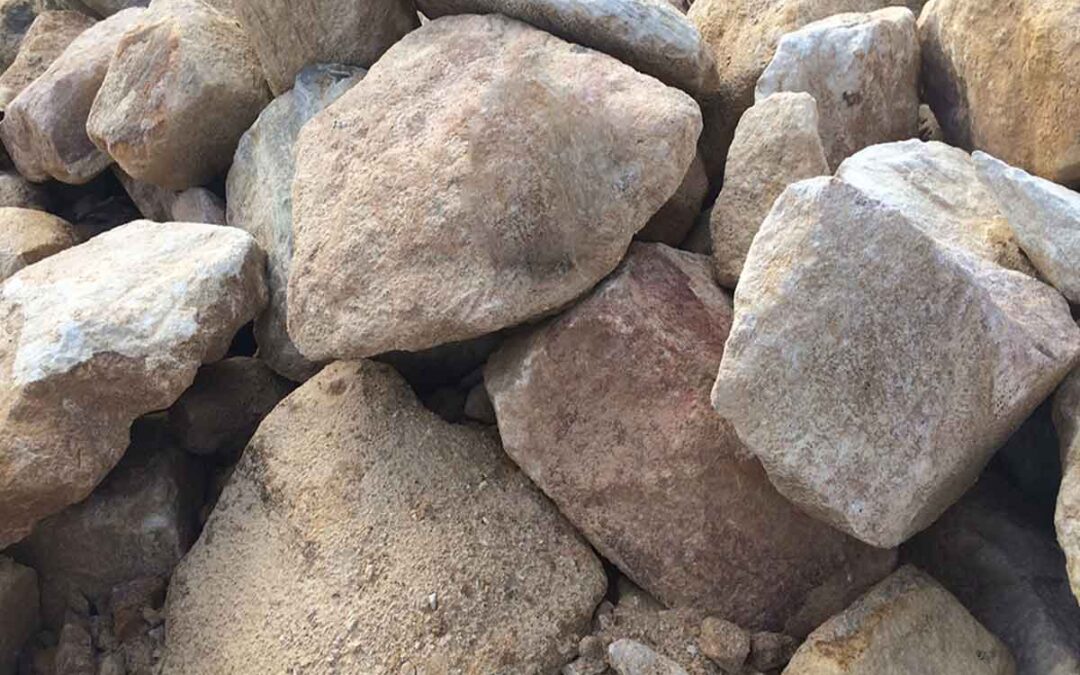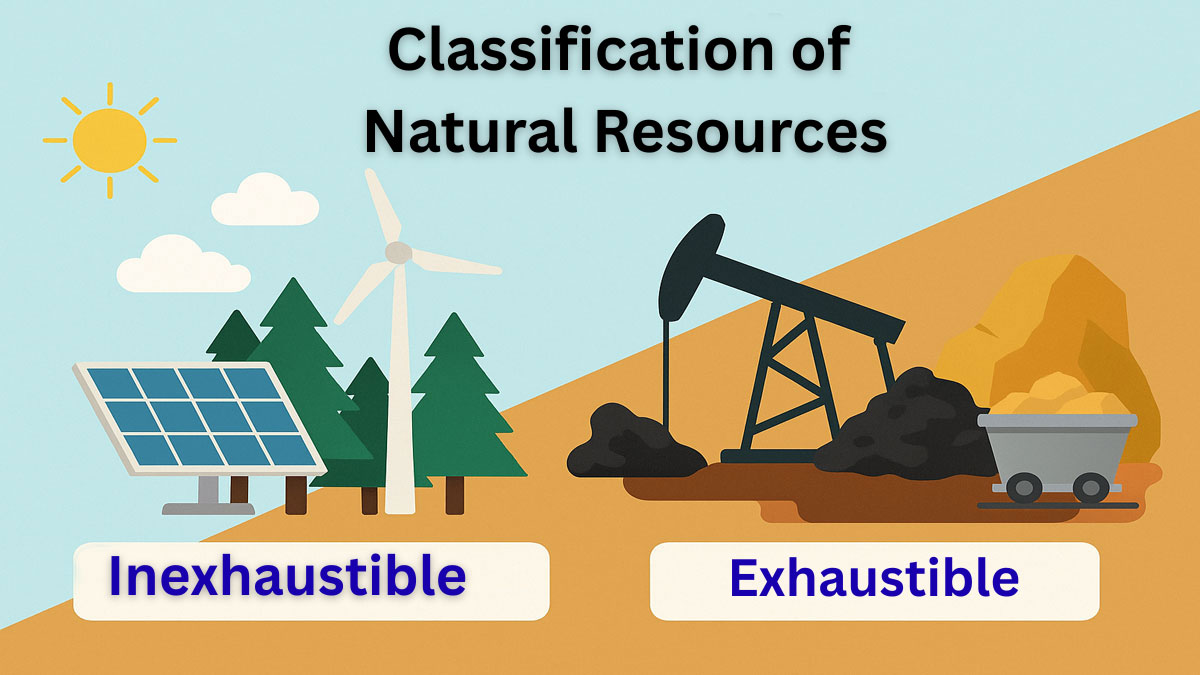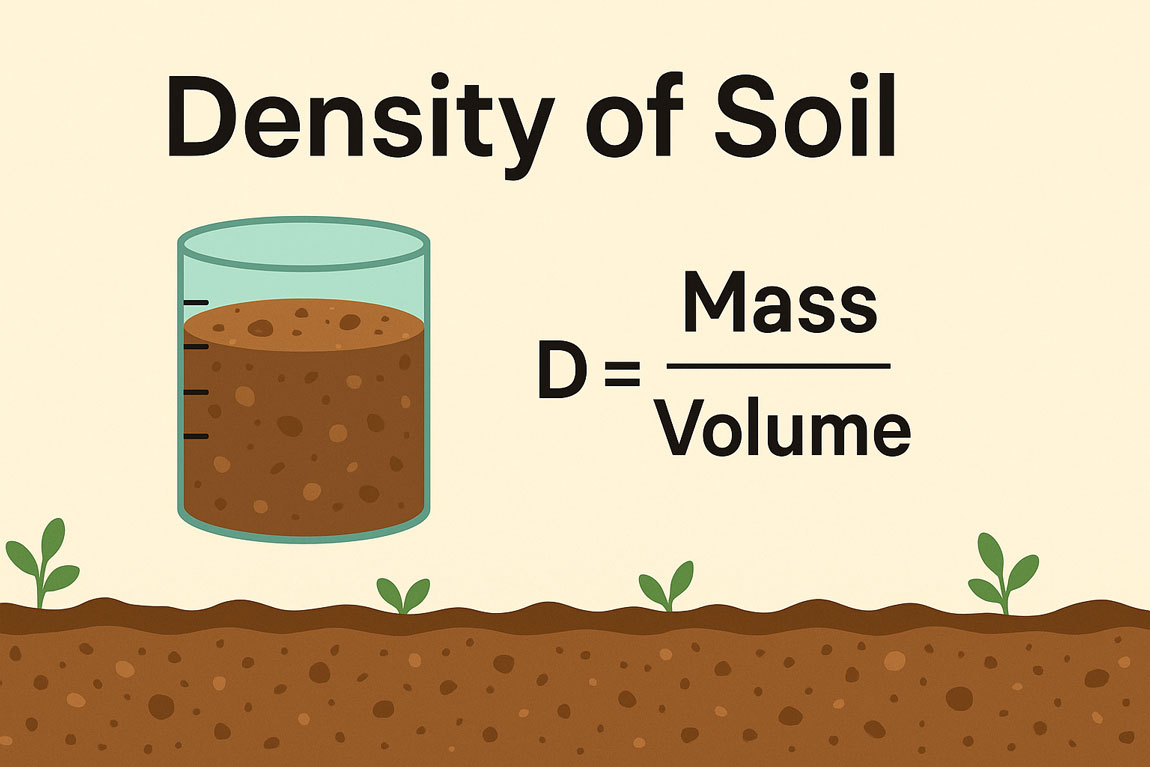Sandstone is a type of sedimentary rock made up of tiny particles, usually the size of sand, which can be minerals, bits of other rocks, or even organic material. It typically features a binder that keeps these sand grains together and may also include finer particles like mud or clay that fill the gaps between the larger sand particles. This rock is one of the most prevalent types of sedimentary rock and can be found in sedimentary basins across the world.
Sandstone:
Sandstone is a type of clastic sedimentary rock composed primarily of sand-sized grains, which range in diameter from 2 mm to 0.063 mm. This rock type accounts for approximately 20-25 percent of all sedimentary formations.
Types of Sandstone:
The four main varieties of sandstone include quartz arenite, arkose, litharenite, and greywacke. They are typical of certain depositional environments, but they are not restricted to a particular depositional setting because of the provenance control on sandstone composition.
Quartz arenites:
These sandstones are notably well-formed and polished, typically associated with high-energy shallow marine settings, as well as wind-driven sand seas found in deserts. You’ll often find various sedimentary structures here, especially cross-stratification, across small, medium, and large scales.
The predominant presence of quartz gives quartz arenites a characteristic color, often appearing white or pale grey when found in shallow marine contexts. In contrast, aeolian quartz arenites may exhibit a reddish hue due to finely disseminated hematite that coats the individual grains.
In terms of composition, quartz and calcite cements are frequently seen. Additionally, quartz arenites can form through the leaching of sediments, which leads to the dissolution of unstable grains. Ganister, a soil type that forms beneath coal seams and contains characteristic black organic streaks from rootlets, is a product of this process.
Arkoses:
Arkoses are easily identified by their high feldspar content, although onsite, these grains can often be altered, particularly to kaolinite, which is a white clay mineral. Most arkoses tend to be red or pink, a characteristic influenced both by the presence of pink feldspar and the pigmentation from hematite.
Certain coarser arkoses bear a resemblance to granite, but this resemblance changes once the bedding is apparent. Typically, the grains can be found in subangular to subrounded shapes, with a moderate degree of sorting, often accompanied by a significant amount of matrix between the grains. The formation of many arkoses occurs due to rapid erosion and deposition under semi-arid conditions.
These rocks are commonly found in fluvial environments, such as alluvial fans and braided streams, particularly when the source area features exposed granites and granite-gneisses.
Litharenites:
Litharenites display a wide range of compositions and appearances, largely influenced by the types of rock fragments they contain. In phyllaries, you’ll typically find a dominance of argillaceous sedimentary rock fragments, while calclithites are characterized by predominant limestone fragments. Additionally, some litharenites include lithic grains from igneous and metamorphic origins.
When out in the field, it’s generally enough to classify a rock simply as litharenite; more detailed classifications would require a petrographic study to delve deeper. Although many litharenites form in deltaic and fluvial environments, they can actually be found in a variety of depositional settings.
Greywackes:
Greywackes are generally sturdy rocks that range in color from light to dark grey and contain a significant amount of matrix. You can often spot feldspar and lithic grains with a hand lens, as they are quite prevalent and easily distinguishable. While greywackes aren’t limited to specific environments, many form through turbidity currents in deeper water basins, exhibiting characteristic sedimentary features of turbidites, including sole structures, graded bedding, and internal laminae. Notably, greywackes typically transition upwards into mudrocks.
Characteristics of Sandstone:
Sandstone has many unique properties:
Texture: The texture is typically rough, with the grains of sand clearly visible.
Color: Depending on the mineral composition, the color can vary from white and yellow to red and brown.
Porosity and permeability: Sandstone is usually porous, making it an ideal reservoir rock for storing water, oil, and gas.
Uses of Sandstone:
Sandstone has a wide range of uses:
Construction: Used for buildings, bridges, and walkways.
Sculpture and art: Popular among artists due to its ease of workability.
Landscaping: Popular for garden paths, walls, and decorative items.
Conclusion:
Sandstone might also be perceived as merely a simple type of rock. However, it holds a charming narrative about the earth`s records and human culture. This flexible cloth has been applied for centuries, forming the muse of many exquisite structures. When we discover the sandstone composition, we’re tracing a timeline of our planet’s beyond and uncovering the herbal forces that form our environment.






